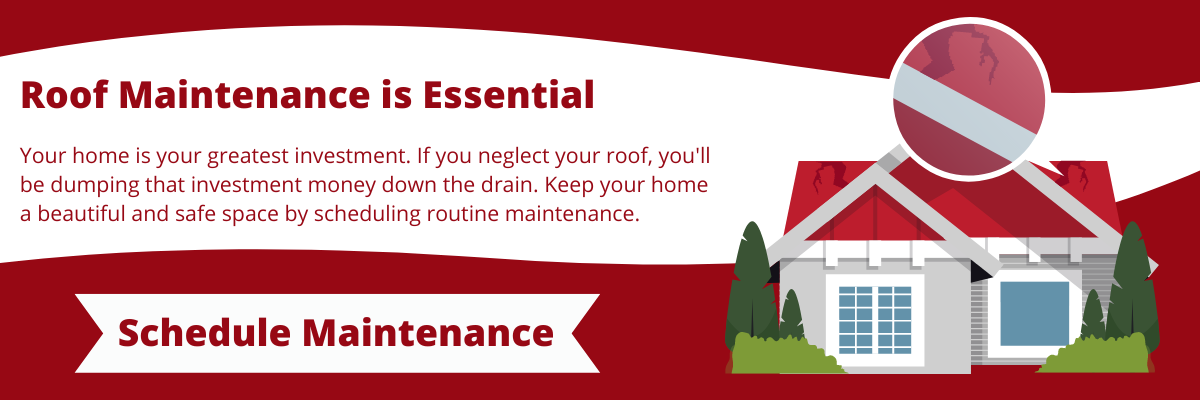Roof Changing Color? Causes, Tips, and Solutions
March , 2024 | 6 min. read
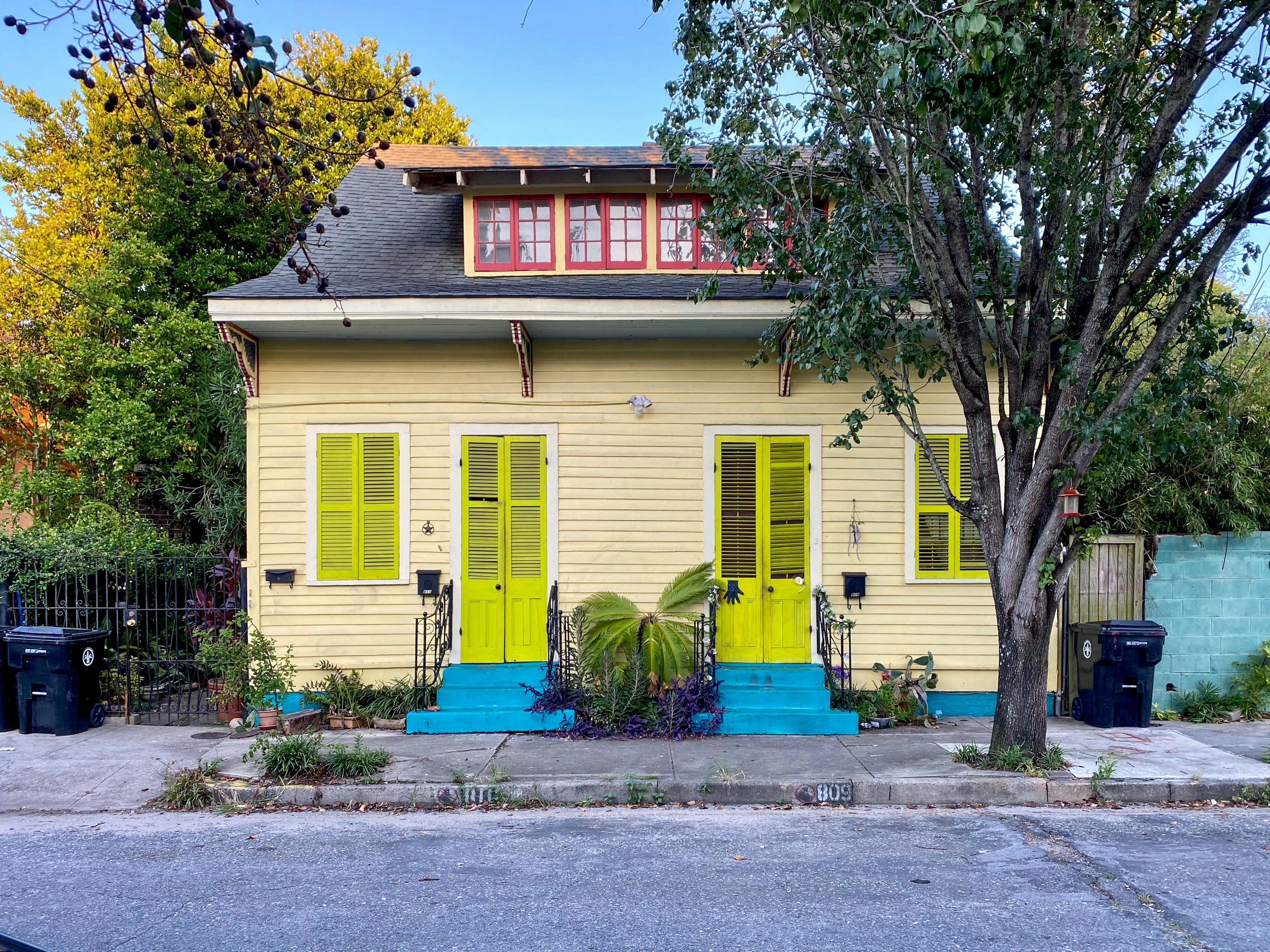
Have you noticed a shift in your roof color lately? It's not uncommon to find your once-vibrant roof taking on new hues over time. In fact, it happens to many homeowners, so you aren't alone. We're sure you've noticed it on other homes when walking or driving past them! What's this all about?
Your roof's evolving color palette can be attributed to a range of factors, from the gentle touch of weathering to environmental influences. Understanding the underlying reasons for this change can inspire you to better care for your roof, ensuring its longevity and aesthetic appeal for many years!
With RoofCrafters by your side, you'll benefit from three decades of roofing expertise. We've encountered every shade and tint in the book when it comes to roof color changes. Let's dive into the dirty details and figure out why your roof may not look so fresh right now!
Causes of Roof Discoloration
Roof discoloration stems from various factors, each leaving its distinct (and sometimes unsightly) mark on the surface of your roof. One common culprit is algae growth, particularly in humid and moist climates. Algae, typically in the form of dark streaks or patches, thrive on the moisture present on roof surfaces, especially those shaded by nearby trees. While algae themselves don't pose a structural threat, their presence alters the appearance of your roof, leading to unpleasant stains.
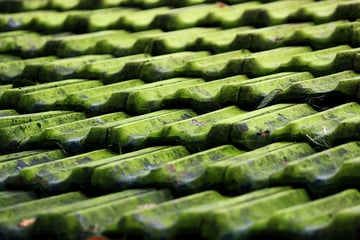
Another frequent cause of roof discoloration is moss and lichen growth. These plant-like organisms tend to flourish in damp and shaded areas, such as the north-facing slopes of roofs. Moss and lichen latch onto shingle surfaces, creating a fuzzy or velvety texture and often imparting a greenish or grayish hue to the roof. Over time, if left unchecked, moss and lichen growth compromise the integrity of shingles, leading to potential water infiltration and structural damage.
.jpg?width=352&height=198&name=arkadiusz-gasiorowski-OFPiY_Ml4O4-unsplash%20(1).jpg)
Environmental factors like sun exposure and air pollution also contribute to roof discoloration. Prolonged exposure to UV rays can cause shingles to fade and lose their original vibrancy, resulting in a dull or washed-out appearance. Similarly, airborne pollutants, such as dirt, dust, and pollen, can settle on the roof surface over time, leaving behind unsightly stains and discoloration. These external elements can gradually accumulate, gradually altering the color and overall aesthetic of your roof.
How to Prevent Roof Discoloration
Preventing roof discoloration involves proactive measures to mitigate the impact of environmental factors and biological growth. Here are some useful strategies:
-
Regular Roof Cleaning: Schedule periodic roof cleanings to remove debris, leaves, and other organic matter that can promote algae, moss, and lichen growth.
-
Trim Overhanging Branches: Trim back trees near your roof to reduce shade and improve sunlight exposure, minimizing the conditions that foster algae and moss development.
-
Install Zinc or Copper Strips: Consider installing zinc or copper strips along the ridges of your roof. These metals release ions that inhibit algae and moss growth, helping to prevent discoloration. Talk to your roofer about this one to see if it's the right move for you!
-
Apply Algae-Resistant Shingles: Opt for algae-resistant shingles when replacing your roof. These shingles feature granules infused with copper or other algae-inhibiting compounds, offering long-term protection against discoloration.
-
Improve Roof Ventilation: Ensure proper attic ventilation to regulate temperature and humidity levels, discouraging the growth of algae, moss, and lichen on the roof surface.
-
Address Water Drainage Issues: Repair any leaks or drainage problems promptly to prevent water accumulation on the roof, as excess moisture can accelerate biological growth and lead to discoloration.
-
Schedule Professional Inspections: Regularly enlist the services of roofing professionals to inspect your roof for signs of damage, deterioration, or biological growth. Timely detection and intervention can prevent discoloration and extend the lifespan of your roof.
Now that you know how to keep your roof from changing color in the future, how do we address the problem if it's already present? Let's see!
How to Treat Roof Discoloration
Treating roof discoloration requires a strategic approach to effectively remove stains and restore the roof's appearance. One common method involves using specialized cleaning solutions tailored to target specific types of stains on roofs. These solutions often contain chemicals like bleach, hydrogen peroxide, or sodium hydroxide, which help break down and dissolve stains caused by algae, moss, or lichen. However, it's crucial to follow manufacturer instructions carefully and take necessary safety precautions when using these chemicals, as they can be corrosive and harmful if mishandled.
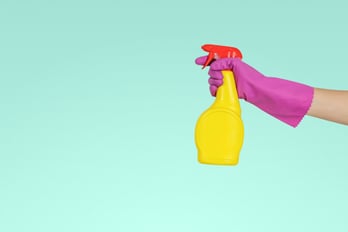
Another popular method for treating roof discoloration is pressure washing. This technique involves using high-pressure water jets to dislodge and wash away dirt, debris, and organic matter from the roof surface. While pressure washing can be effective for cleaning some types of stains, it's essential to use the right equipment and techniques to avoid damaging the roof shingles or causing water infiltration into the attic. Additionally, excessive pressure or improper angles can lead to further damage, so it's crucial to exercise caution and hire experienced professionals if necessary.
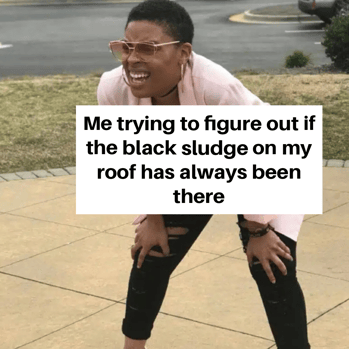
For stubborn stains or areas where pressure washing may not be suitable, manual scrubbing with a brush or sponge can be an effective alternative. This method allows for targeted removal of stains and ensures thorough cleaning of the affected areas. While manual scrubbing can be labor-intensive, especially for larger roof surfaces, it offers a more controlled approach to treating discoloration and can be particularly useful for intricate or hard-to-reach areas.
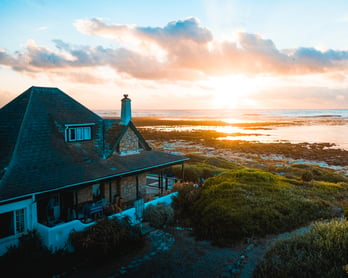
Some homeowners opt for biological treatments to address roof discoloration caused by algae, moss, or lichen. These treatments often involve the application of environmentally friendly products containing bacteria or enzymes that target and break down organic matter on the roof surface. While these treatments may take longer to see results compared to chemical cleaners, they offer a more sustainable and eco-friendly approach to roof maintenance. Ultimately, the choice of treatment method depends on the extent of the staining, the type of roof material, and personal preferences regarding safety and environmental impact.
Roof Stains Be-gone!
We hope this helped! Understanding the common causes, preventive measures, and treatment options for discoloration is essential for maintaining the aesthetic appeal and structural integrity of your home's roof. By identifying the root causes of it, such as algae, moss, or environmental factors, you can take proactive steps to prevent stains from forming and minimize the need for extensive cleaning or restoration in the future. Who doesn't love to save time and money?
Implementing those essential preventive measures like regular roof inspections, gutter maintenance, and proper ventilation, can help mitigate the risk of discoloration and prolong the lifespan of your roof. Investing in quality roofing materials to begin with and opting for algae-resistant shingles can also provide long-term protection against unsightly stains and ensure that your roof remains in optimal condition for years.
Most homeowners who have roof stains rely on experienced roofing contractors to get the job done. If you're finding a moldy roof too overwhelming to deal with, schedule an inspection with RoofCrafters. We'll have one of our experts take a look at your roof and come up with the best plan of attack against feisty fungi and whatever else is plaguing your roofing system!
My name is Anthony, and I am the lead estimator of RoofCrafters’ Georgia/South Carolina division. The roof is the most important part of a structure, and people count on that to protect themselves and their families. That is one of the many reasons why I love my job and enjoy coming to work every day. The continuous training, honesty, and providing the customer with the Roofcrafters experience is what makes me the best in the business.



